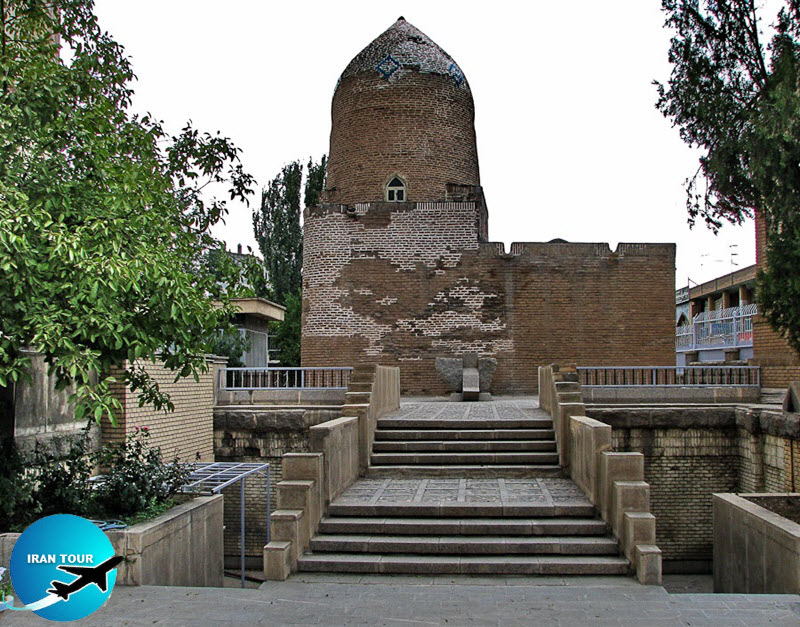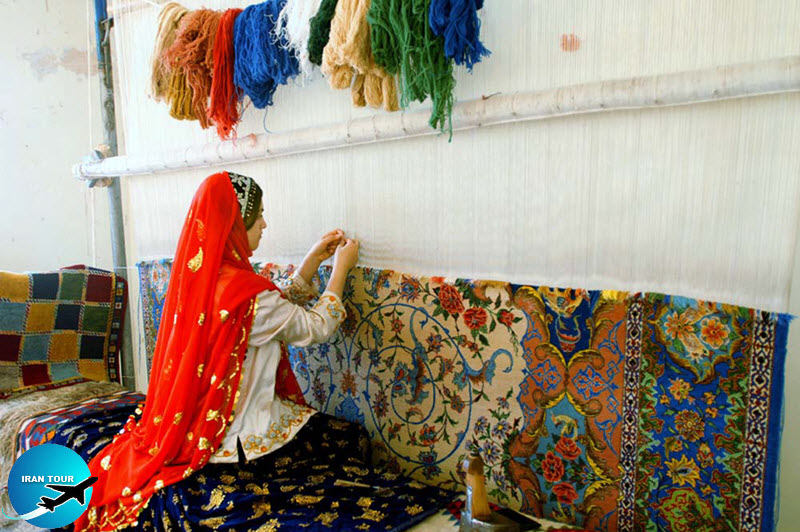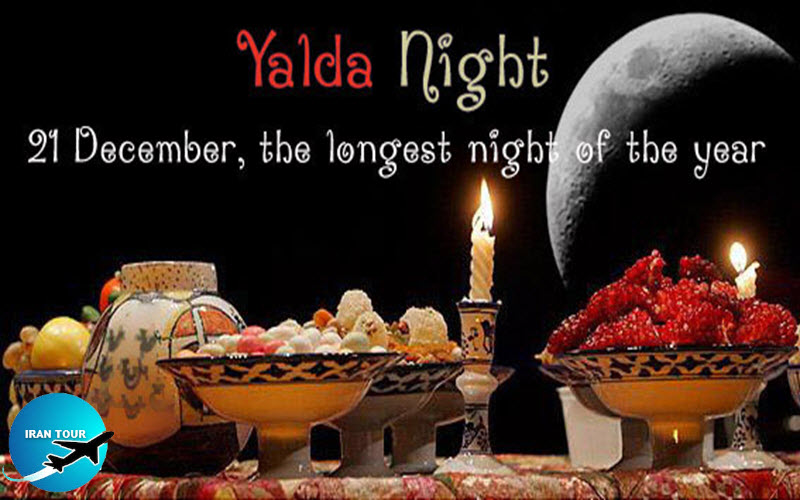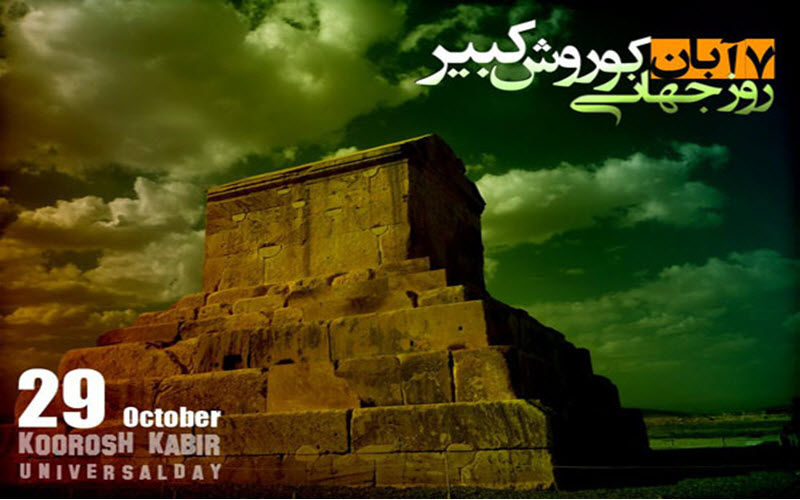Copyright 2020 - 2021 irantour.tours all right reserved
Designed by Behsazanhost
Religious Institutions in Iran
The mosque (masjid in Arabic and Persian, literally “a place of prostration") is the most important religious institution in Iran. Larger congregational mosques (Masjed Jame) are intended for Friday prayers. The first mosque was copied from the house of the Prophet Mohammad at Medina and had a very simple and austere design. This mosque was an enclosure surrounded by mud-brick walls.
- Details
- Category: IRAN Blog
Evolution of carpet weaving in Kashan
Kashan is located in the western part of the Lut Desert, at 258 kilometers from Tehran. This city had been on the caravans route between two cities, Qom and Isfahan, since ancient days. The people of this area in addition to agriculture do making handicrafts, knitting brocade, and weaving carpet.
- Details
- Category: IRAN Blog
Iranian New Year or Nowruz
The Iranian New Year starts on March 21 or the first day of Farvardin - (the first day of spring) with great pomp and festival. The festival begins with the change of the year and continues for several days. From ancient times since during the New Year the people get rid of the hardships of cold winter and the year starts with mild spring and the birth of nature the people celebrate the event on a national level.
- Details
- Category: IRAN Blog
Yalda, the longest night of the year
As Christians around the world are going to celebrate a great New Year, Iranians are preparing themselves for a magnificent celebration on the longest night of the year. They celebrate the longest night and also the arrival of winter on the Yalda night on 21 Dec. This is the announcement of arriving in the winter with snow and icy weather.
- Details
- Category: IRAN Blog
CYRUS THE GREAT
by: David Stronach
539 BC – Cyrus the Great (founder of the Persian Empire) entered the capital of Babylon and allowed the Jews to return to their land. By the time of his death in 530 B.C. Cyrus, the Great had changed the face of the civilized world. A mere vassal at the beginning of his reign, his warlike feats served to create a new vision of empire, bringing all that was known of Asia, from the distant waters of the Yaxartes to the warm shores of the Mediterranean, within the bounds of one realm, while more important still, his judicious treatment of the many separate peoples under his rule almost certainly brought into being a new, more benevolent concept of human government.
- Details
- Category: IRAN Blog




